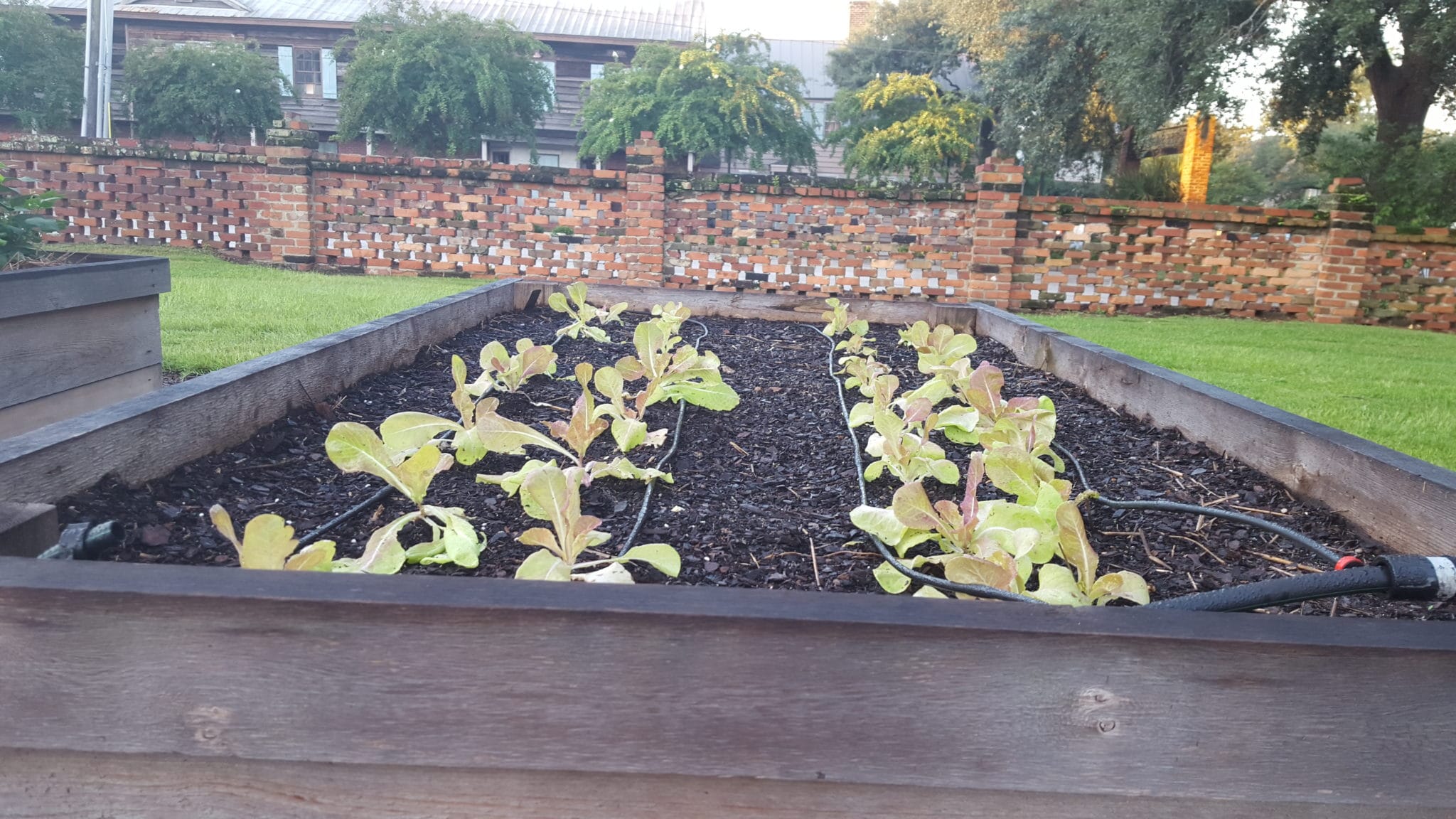Although the thermometer is rising above ninety on a daily basis and our Georgia humidity is, well, the typical Georgia humidity, it is time to do some serious thinking about your fall garden.
Did you make notes on your summer garden? Making notes about which varieties performed well for you, what pests plagued you, and your overall satisfaction from your warm-season garden will be useful as you plan for 2020. Also, make note of plant arrangement so you can practice crop rotation next year.
Think Green. Fall is the time for lettuce, spinach, collards, mustard greens and kale. Your seed catalogs will show you that there are so many varieties of lettuce that you couldn’t possibly grow them all. Do try a few new ones. They could make a real difference in the taste of your salads. I really enjoy the lettuce variety Drunken Woman!

Bush beans can be a part of your early fall garden. A planting of bush beans towards the end of summer may produce a nice crop for you if we don’t get an early frost. Take note of the days until harvest count and look for something in the lower numbers. Look for varieties that are resistant to rusts and keep a close eye on them for pests like Mexican bean beetles.
Don’t forget root crops. Short day onions and garlic are a MUST for any cool-season garden. Plant these root crops as sets and let them go until the spring. It is easy to grow all the garlic you will need for the year by careful planning. Make sure to mulch the crop.

Finally, if you don’t plan to grow a cool-season crop consider growing a cover crop. Cover crops can hold down weeds while enriching your soil. At the very least please be courteous to your fellow community gardeners and clean out your plot, removing plant debris that could harbor pests and weeds that could produce seeds that you will deal with later.
Cooler weather is on the way! Happy Gardening!








